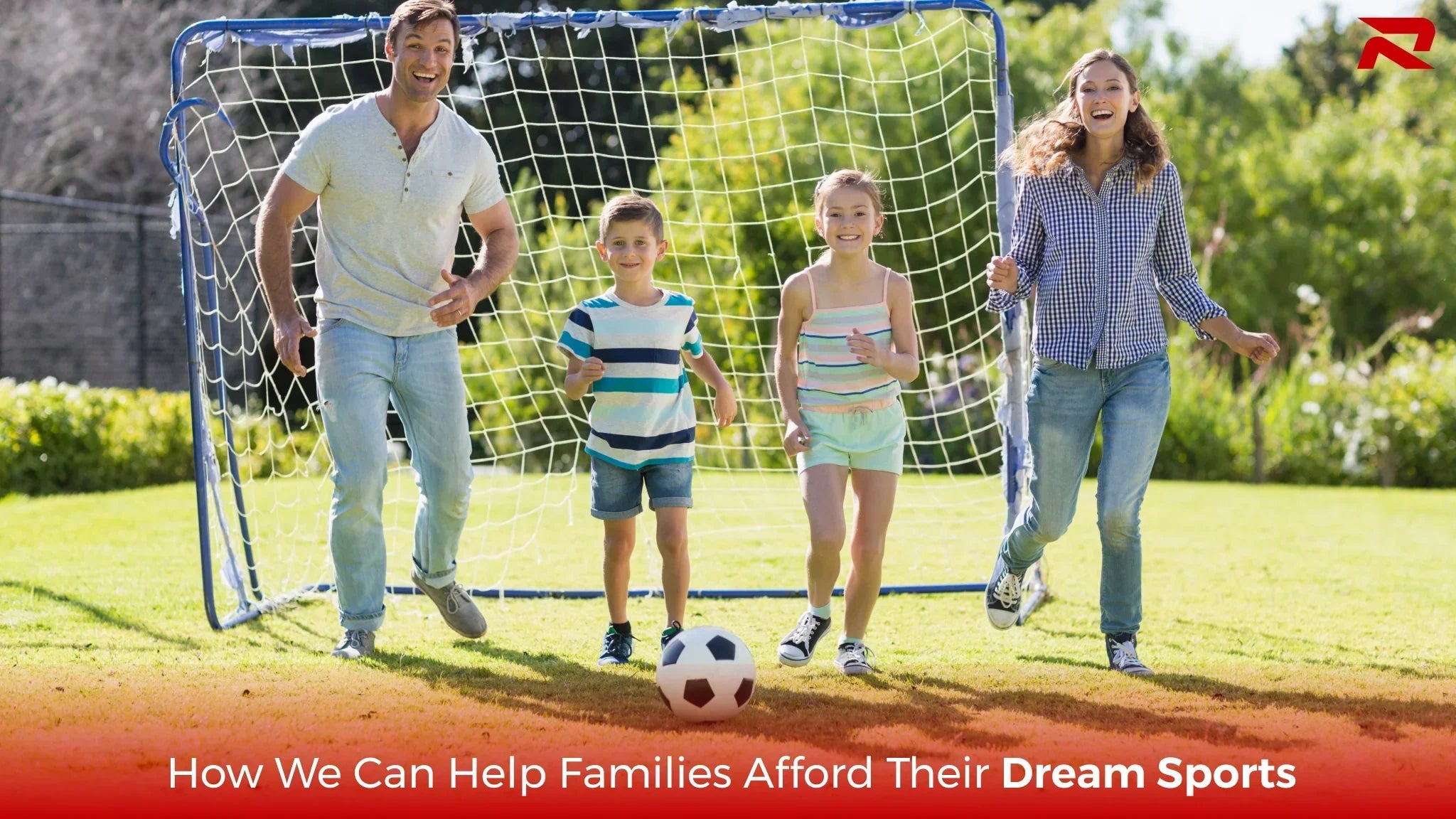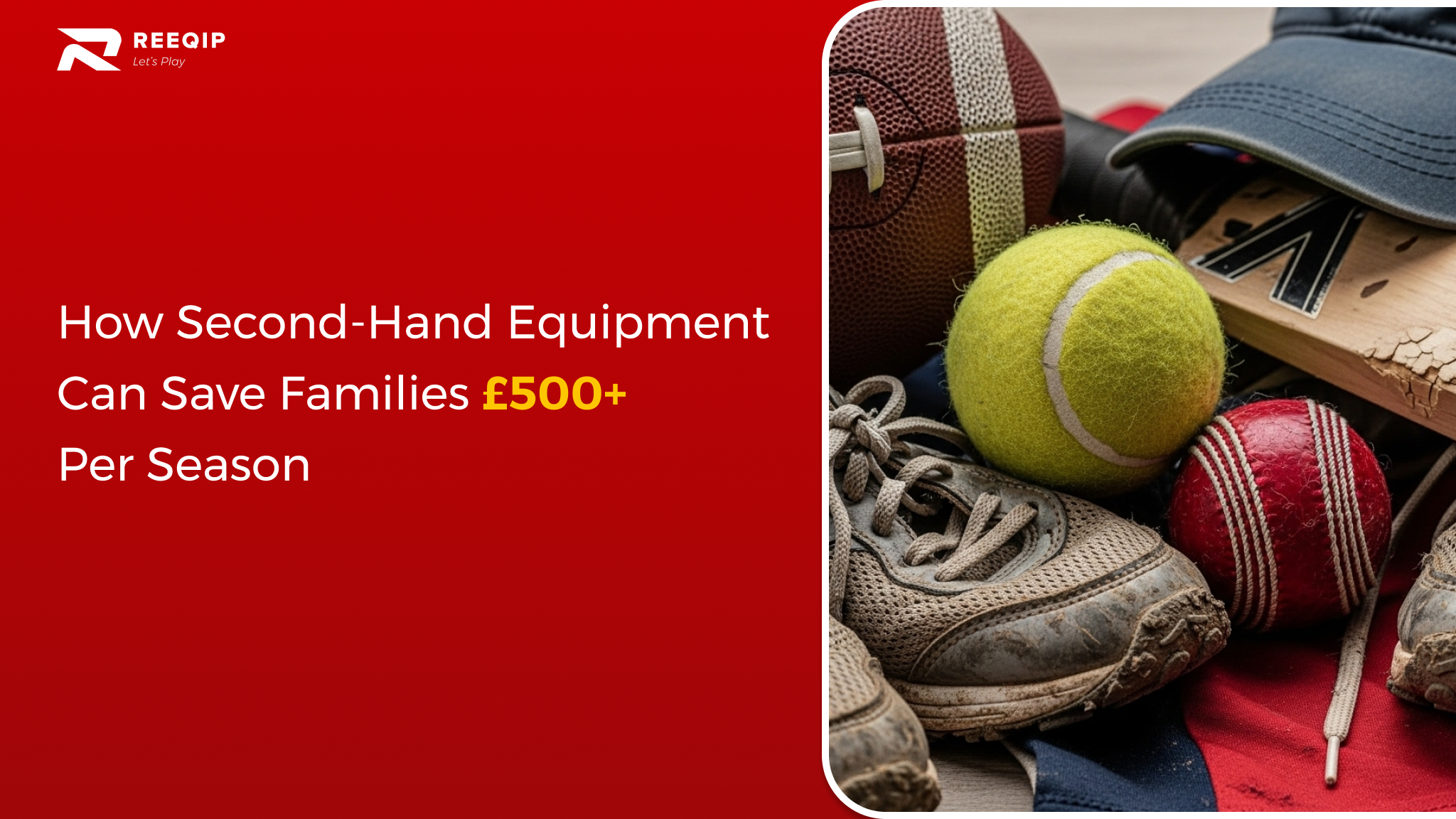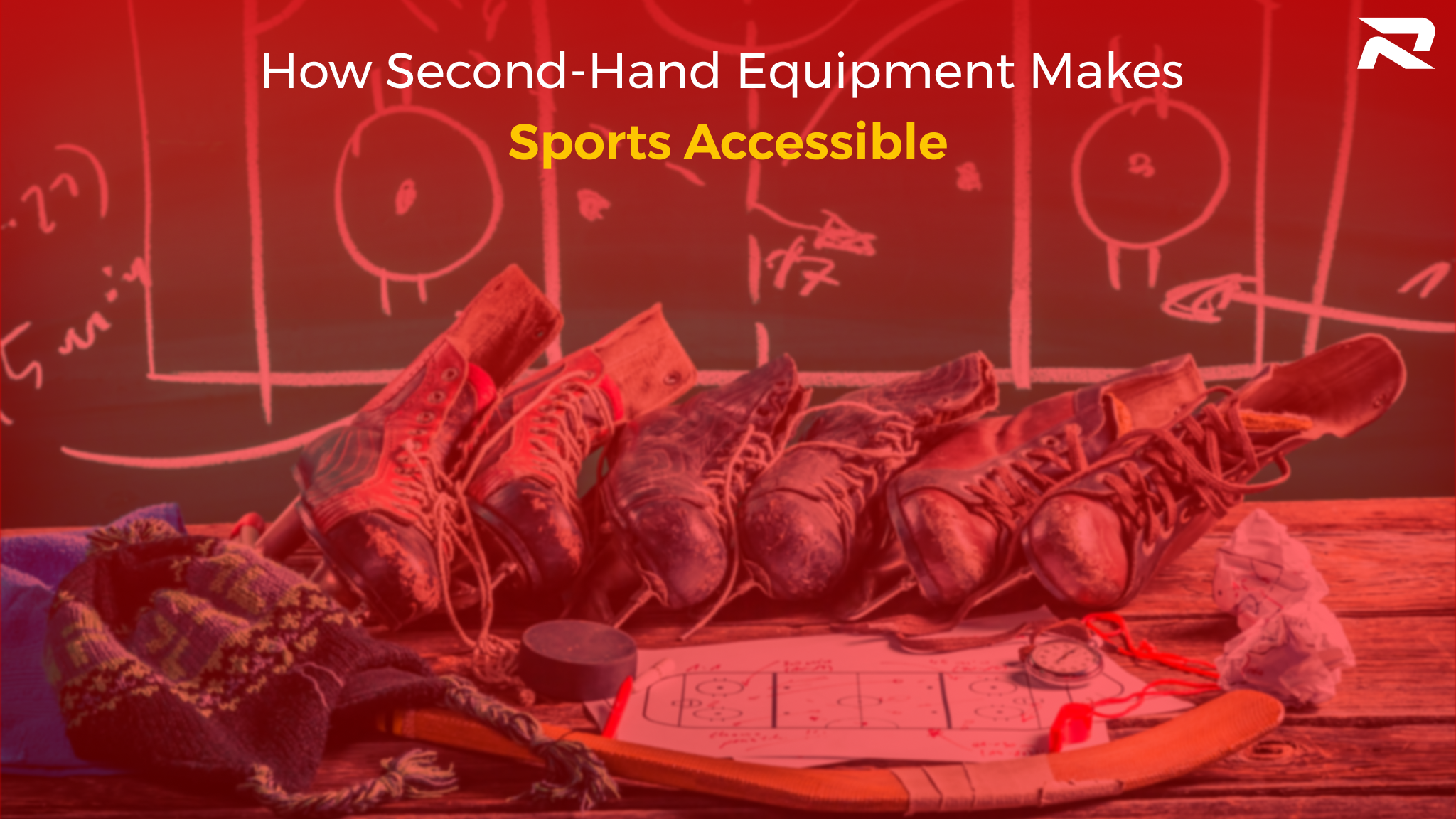From Bench to Pitch: How We Can Help Families Afford Their Dream Sports
Every great athlete has a story that starts not with a trophy, but with a first step. For a child, that step is often taken in a pair of scuffed, hand-me-down trainers that are a size too big. That doesn’t matter. In that moment, they aren’t thinking about the brand of their shoes. They are dreaming of scoring the winning goal, swimming their first length, or hitting a perfect forehand.
Sport is built on these dreams. It is about the pride in a child’s eyes when they master a new skill and the visible progress they make week after week. But for the families supporting these dreams, there’s another, more anxious story unfolding. It’s the story of rising costs and tough choices.
This is the real journey from the sidelines to the center of the pitch. And it’s a path we can walk together.
The First Steps: It Starts with a Passed-On Pair of Boots
Talk to any parent on the touchline, and you will hear a common tale. Most journeys don’t begin with shiny, new kit. They begin with borrowed, swapped, or second-hand gear.
Think of a parent whose child wants to try a new sport. The excitement is there, but so is the worry about the cost of kitting them out for something they might not stick with. This is a common dilemma for families across the UK.
Many find their solution in the local community—perhaps through a neighborhood group or a chat outside the school gates. It often starts with a simple offer: a pair of outgrown boots from another family for just a few pounds. They might be a little worn, but they’re solid and ready for action. That small amount of money isn’t just a transaction; it’s an invitation. It removes the financial risk of trying something new and lets a child step onto the field free from pressure.
That first, pre-loved item isn’t a compromise; it’s a key. It unlocks the door to a new world without the fear of wasting money. It’s a practical first step that keeps the dream alive.
The Journey Upwards: Growing Skills and Growing Costs
As a child grows, so does their passion and their need for better equipment. A generic pair of trainers won’t work for competitive football. A beginner’s tennis racket can hold back a player who is developing real skill.
This is where the financial pressure truly bites. The jump from ‘trying’ to ‘committing’ comes with a much higher price tag. Advanced boots designed for control, specialist footwear for different pitches, custom-fit equipment—each step up is another cost for families already stretched by the cost of living.
This is where the community steps in. Local clubs are often the unsung heroes. Many run informal kit swaps or know which parents have quality gear their kids have outgrown. Charities do vital work. Organizations like Pentathlon challenge provide opportunities for thousands of children with disabilities to compete, often providing the equipment and framework that would otherwise be out of reach.
The message is clear: no family should have to navigate this alone. Asking a coach or club secretary about second-hand options or support schemes is not something to be ashamed of. It is the smart, and often expected, thing to do.
Making Smart Choices: When to Upgrade and What to Look For
Knowing when to invest in better gear is a tricky balance. It is not always about keeping up with other parents. It is about safety, performance, and confidence.
When is it worth upgrading?
•Safety: This is the number one reason. If a helmet is damaged, if football boots have worn-down studs that offer no grip, or if protective padding is compromised, it is time to replace it. Never compromise on safety.
•Performance: When basic equipment is actively holding your child back. A cheap, heavy tennis racket can hinder technique. Running shoes without proper support can lead to discomfort that puts a child off.
•Confidence: Sometimes, the right kit can boost a child’s belief. Feeling equipped like their peers can make a shy child feel more part of the team.
What to look for in good used gear:
You do not have to buy new to get quality. When looking for second-hand items, be smart:
•Check for Damage: Look closely at seams, soles, and any protective elements. Bend shoes to check the midsole isn’t broken.
•Priorities Key Items: It is okay to mix and match. Invest in one new, important item (like safety-critical boots) and find other pieces (like a shirt or shorts) second-hand.
•Ask the Experts: Your local sports store can often tell you what to look for in a good piece of equipment, even if you then source it second-hand.
Keeping the Dream Alive
The path from the bench to the pitch is not a straight line. It is a journey of small steps, shared support, and smart choices. It is about understanding that a dream sport is not defined by the price of the kit, but by the passion of the child wearing it.
By starting small, trusting in the quality of pre-loved gear, and leaning on the community around us, we can make sure that financial pressure does not force a child to hang up their boots. We can keep them in the game, where they belong—chasing their dream, one pass, one goal, one race at a time.
The final whistle has not blown on their dream. Together, we can make sure it never does.








